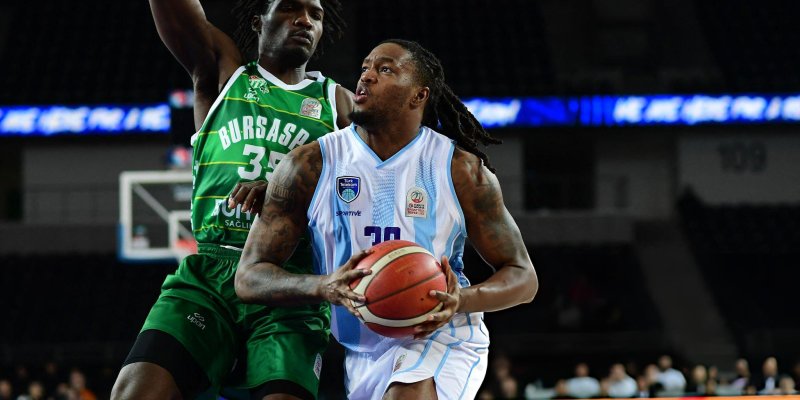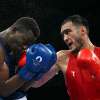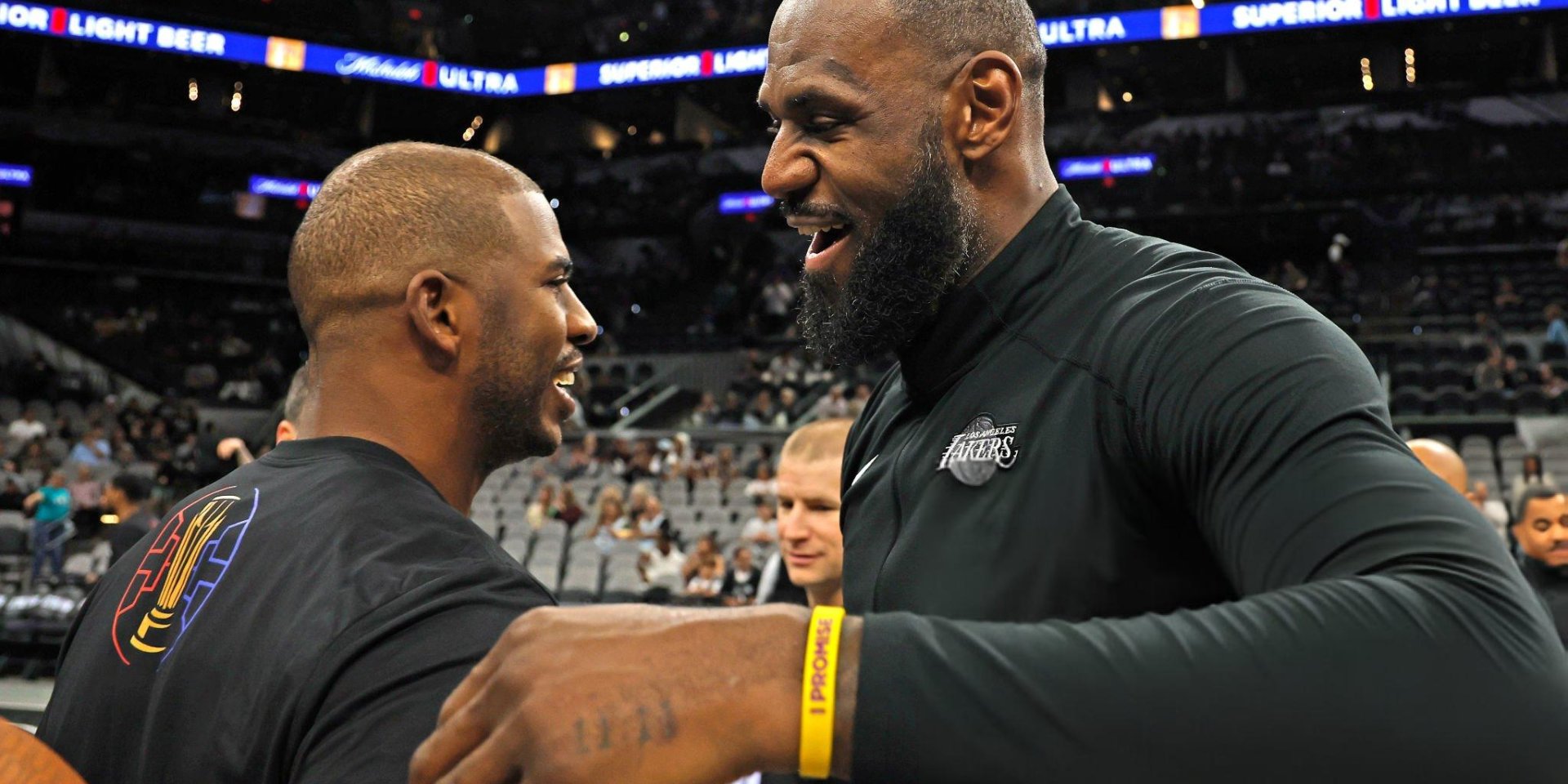
Last night in Springfield, the birthplace of the game, the Naismith Basketball Hall of Fame held its ceremony — and immediately raised a fair question. The list of new members included LeBron James and Chris Paul, even though both are still active players. A rules violation? No. This is a rare but entirely legitimate case in which not an individual star, but an entire team that left its mark on history, enters the Hall. We’re talking about the legendary Redeem Team — the United States national team that reclaimed Olympic gold at Beijing 2008.
The Rules Are Strict — But This Isn’t About Individual Careers
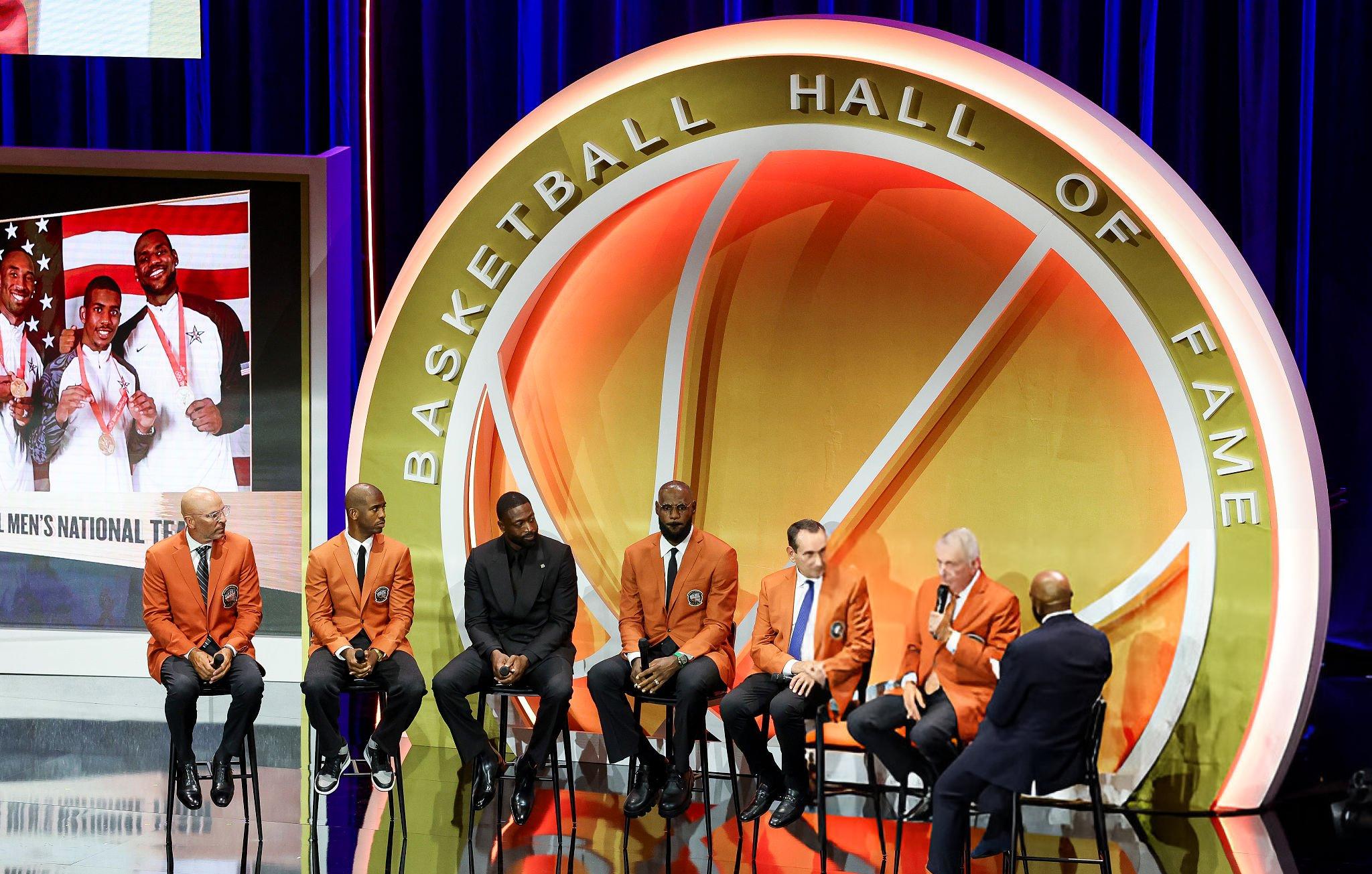
The criteria for individual induction are unambiguous: a candidate can only be considered after at least a two-year pause following retirement, and then roughly another year is spent on nomination and voting. In total — a minimum three-year wait. In Michael Jordan’s era this “quarantine” stretched to six years — which is why His Airness entered the Hall only in 2009. The waiting period was later shortened, and the current rules have been in place since 2017.
Translated into today’s terms: even if the upcoming season were the last in the NBA for LeBron and Paul, their personal plaques on the Hall’s wall would not appear before 2029. But this ceremony isn’t about individual recognition for active players. It’s about a team achievement.
Not Only People Enter the Hall of Fame — Teams Do, Too
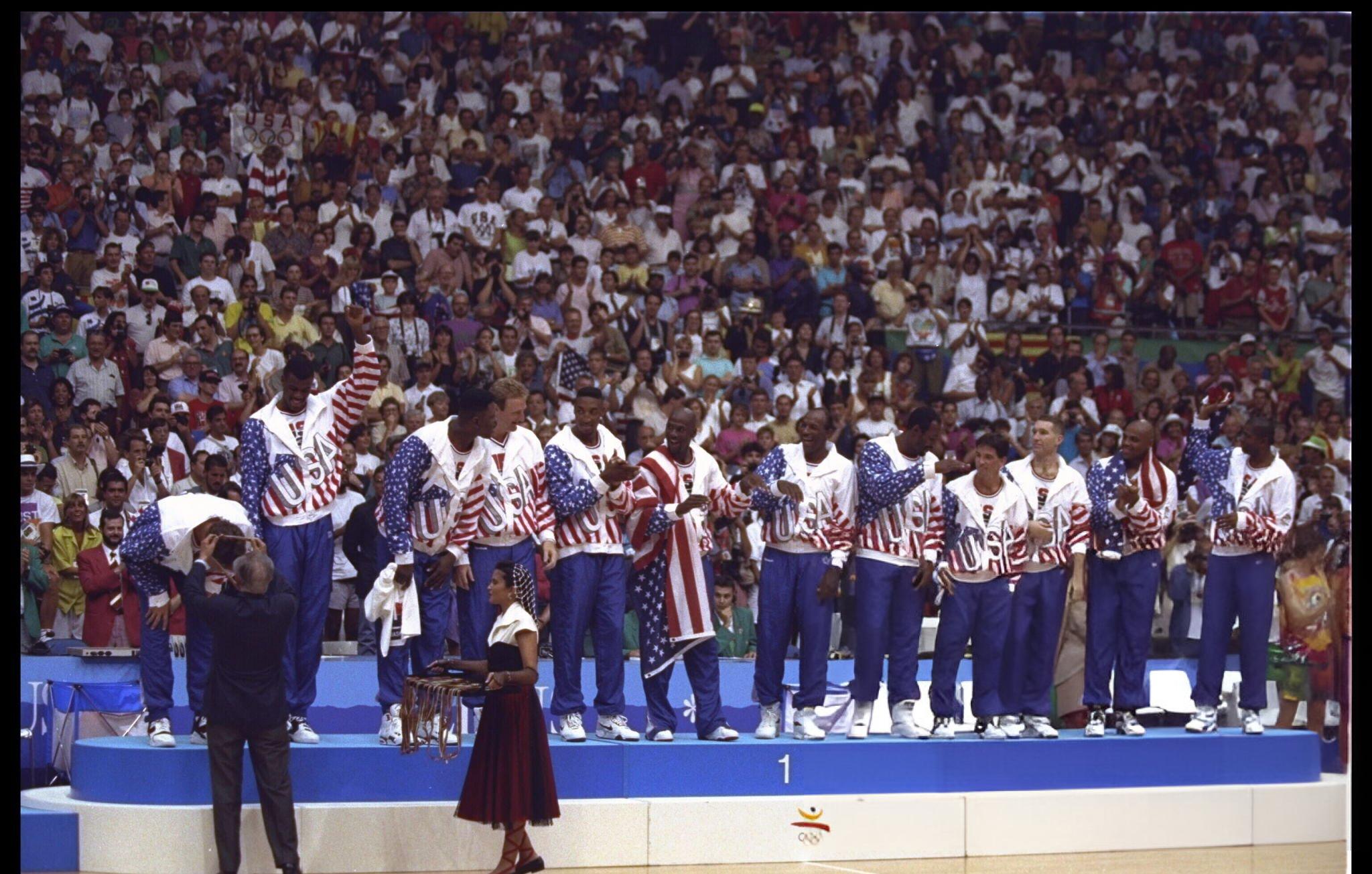
Alongside players, coaches, executives, and referees, the Naismith Hall regularly honors entire collectives. The best-known example is the 1992 “Dream Team,” inducted as a whole in 2010. Prior to this ceremony, the most recent such honoree was the 1976 U.S. women’s Olympic team — a symbol of the start of America’s women’s Olympic basketball era. Other “team” inductees include storied college squads, the Harlem Globetrotters, and even James Naismith’s students who played the first official game in 1891.
Why the Redeem Team Is a Special Chapter
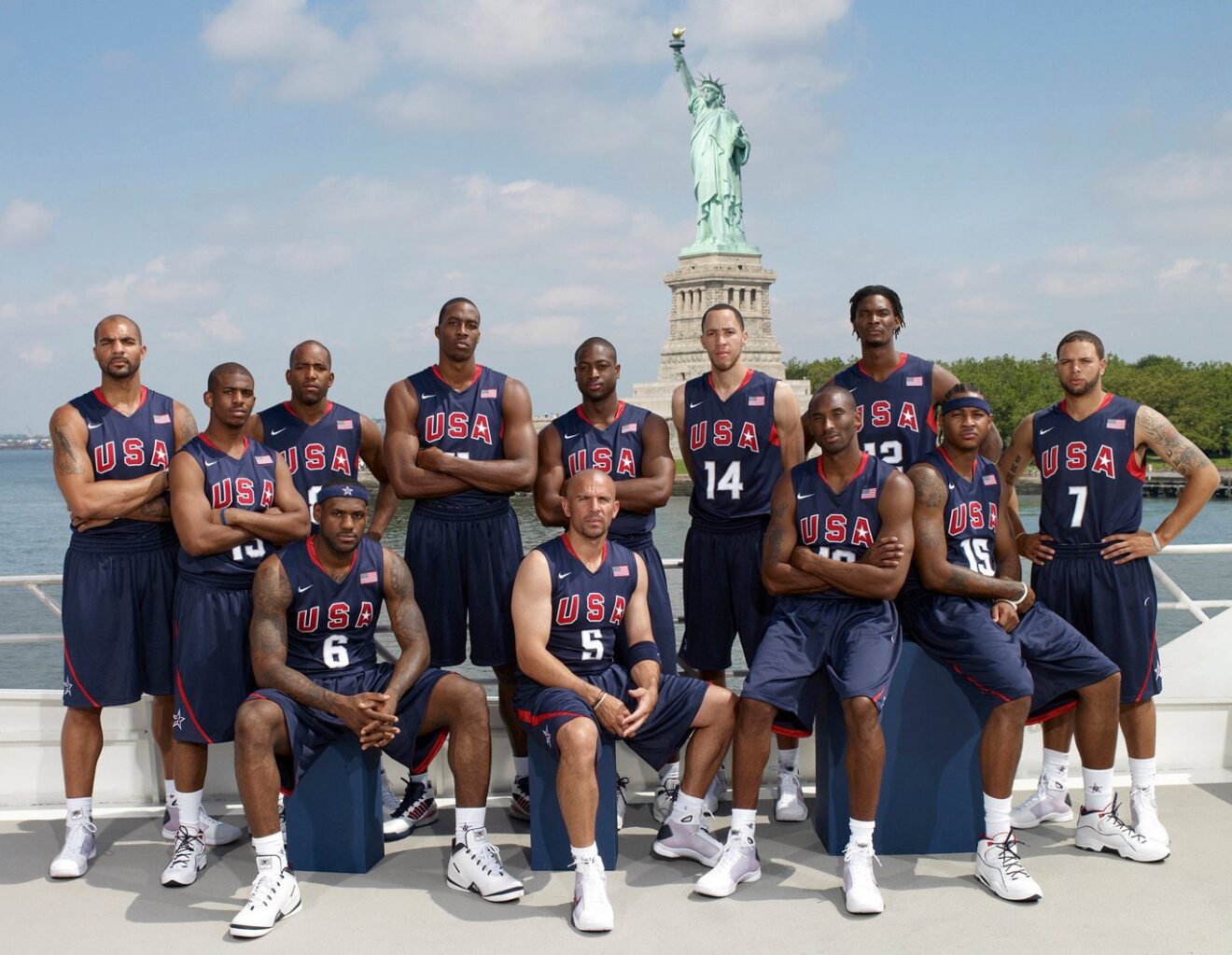
The early 2000s were painful for the U.S.: 6th place at the 2002 World Cup, bronze at Athens 2004 and at the 2006 World Cup. The trip to Beijing was a quest for redemption. The team was led by Mike Krzyzewski — a doyen of college basketball — and on the court the backbone was the league’s reigning MVP, Kobe Bryant. The result was an undefeated run through the tournament and a sparkling final against Spain. Years later, Netflix produced a documentary that turned the Redeem Team into a full-fledged cultural symbol: it wasn’t just a national squad; it was a project to return American basketball to the summit.
And its impact proved long-lasting. After Beijing, the Americans won Olympic gold in London, Rio de Janeiro, Tokyo, and Paris — four in a row. Beijing 2008 became a new turning point for U.S. dominance at the Games.
Who Was Inducted Alongside James and Paul

Together with LeBron and Chris, all of the Beijing 2008 champions of the Redeem Team were honored: Kobe Bryant, Dwyane Wade, Jason Kidd, Chris Bosh, Dwight Howard, Carmelo Anthony, Carlos Boozer, Deron Williams, Michael Redd, and Tayshaun Prince. Some of them have long since been individual Hall members: Bryant, Wade, Kidd, and Bosh. This year Anthony and Howard were added individually. LeBron and Paul will receive their personal recognition later — per the timetable of the rules. For Boozer, Williams, Redd, and Prince, this team induction was, in essence, the only realistic path to a place in the pantheon.
The Ceremony: Remembering Kobe and Coach K's Hat Trick
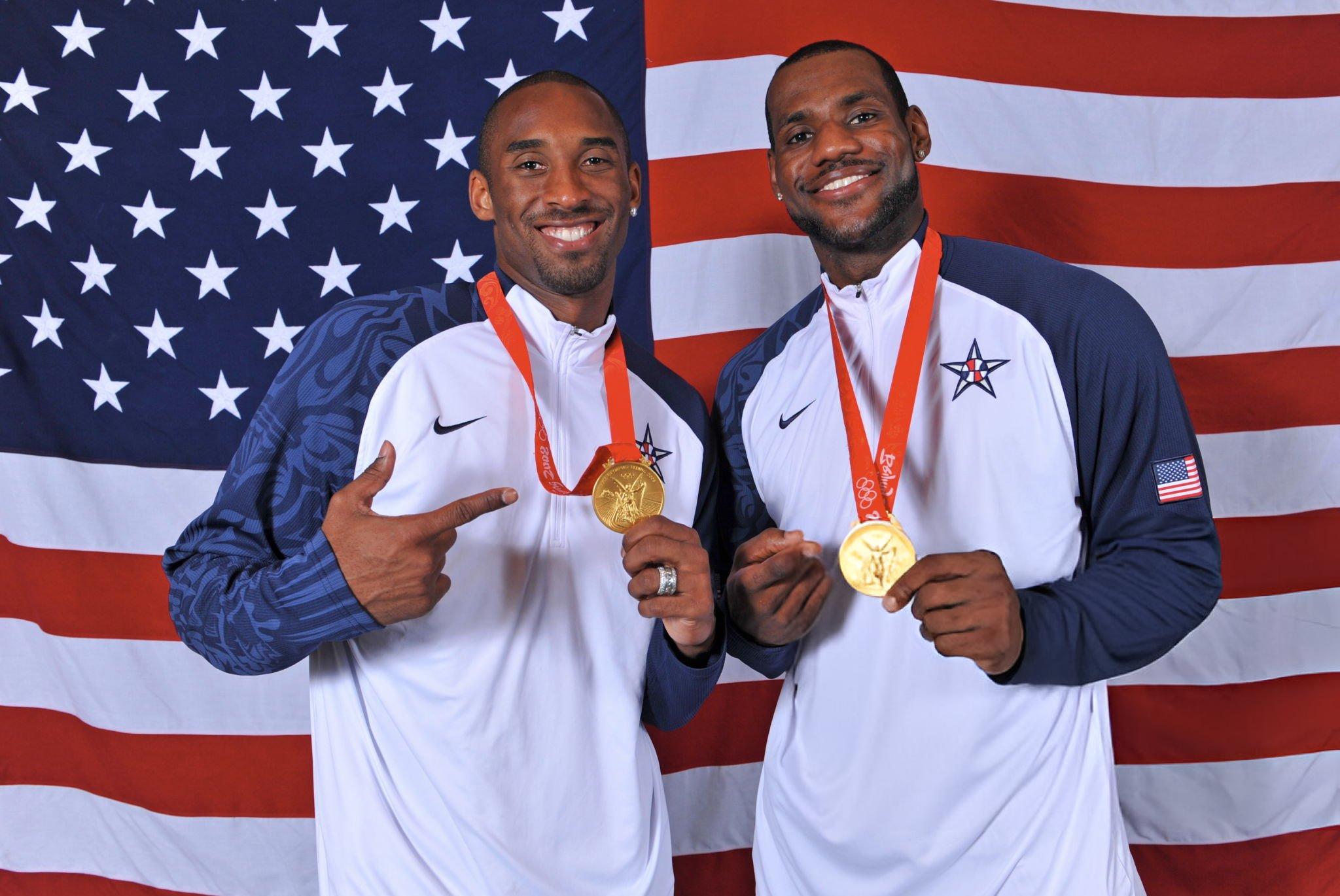
From the stage, LeBron singled out Bryant’s role in the Beijing gold: his uncompromising demands set the tone for discipline, focus, and collective responsibility. For the 23-year-old James at the time, it was an example of the level to strive for.
Mike Krzyzewski called the Beijing triumph the “best moment” of his coaching biography — which says a lot. His trophy case is massive: two more Olympic golds as head coach of Team USA, two World Cup titles, and five NCAA national championships. He has now been inducted into the Hall of Fame for the third time: individually in 2001, later as part of the Dream Team, and now via the Redeem Team.
Other 2025 Inductees: From NCAA Legends to WNBA Icons
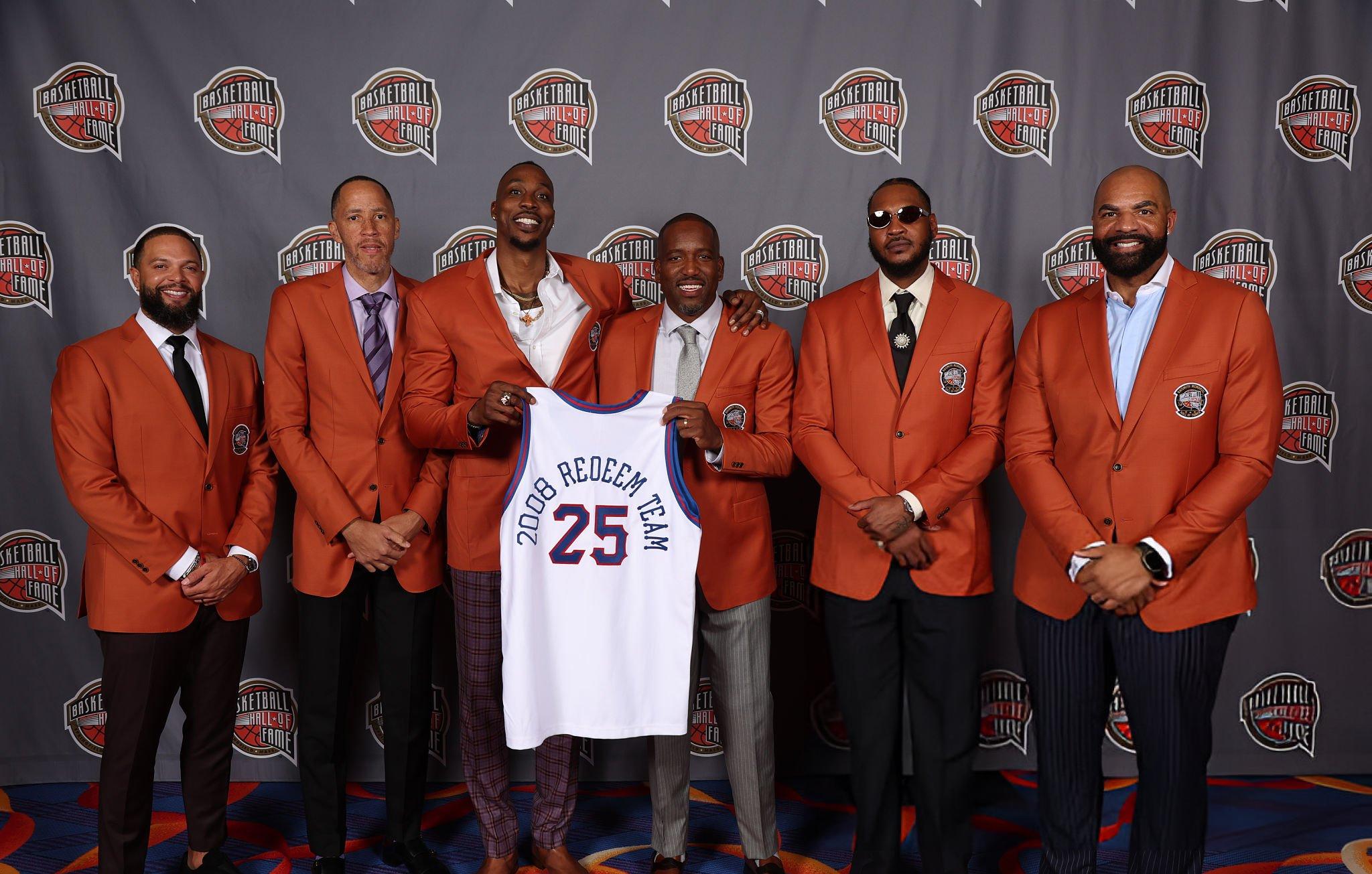
The class wasn’t limited to the Redeem Team. Carmelo Anthony and Dwight Howard were inducted individually. Among coaches, Billy Donovan was recognized — primarily for his accomplishments in college basketball. Also honored was referee Danny Crawford, who worked many epochal games (from Michael Jordan’s “The Shot” in the 1998 Finals to LeBron James’s “The Block” in the 2016 Finals). The women’s game was represented by three WNBA legends: Sylvia Fowles, Maya Moore, and Sue Bird. Miami Heat owner Micky Arison, recalling the 2010 unveiling of the “Big Three,” smiled as he noted that despite LeBron’s pledge of “not one, not two... up to seven” titles, “In the end it was only two — and they were just as valuable.”
Beijing's Long Shadow: How the National Team Shaped the NBA
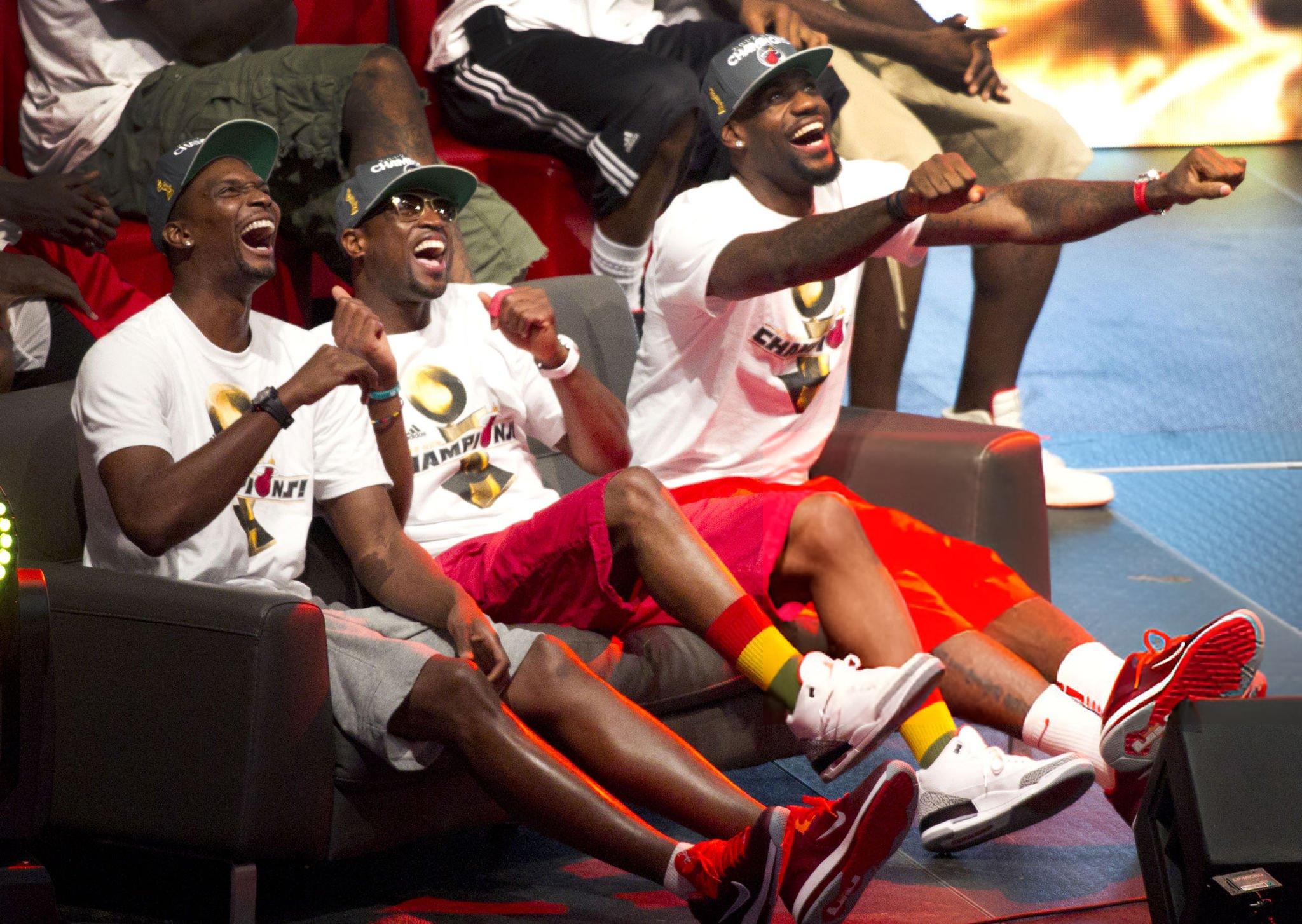
The Redeem Team left its mark not only on international basketball. It’s widely held that the idea of multiple stars uniting within one franchise took root there — friendship and a common goal became the foundation for the NBA’s future “superteams.” The brightest example is Miami with James, Wade, and Bosh. That period ignited the trend of building contenders around clusters of stars — another legacy of Beijing 2008.
Bottom Line: A Rare Formailty and a Lasting Legacy

LeBron James and Chris Paul didn’t “bypass” the rules — they entered the Hall of Fame as parts of a team that changed the course of history: it returned the Olympic crown to the United States and indirectly transformed the league itself. Their individual inductions are a matter of time and procedure. But the essential thing has already happened: basketball has acknowledged the Redeem Team’s contribution to the game’s national identity and recorded the culture of responsibility and winning that Kobe and Coach K instilled in an entire generation.

